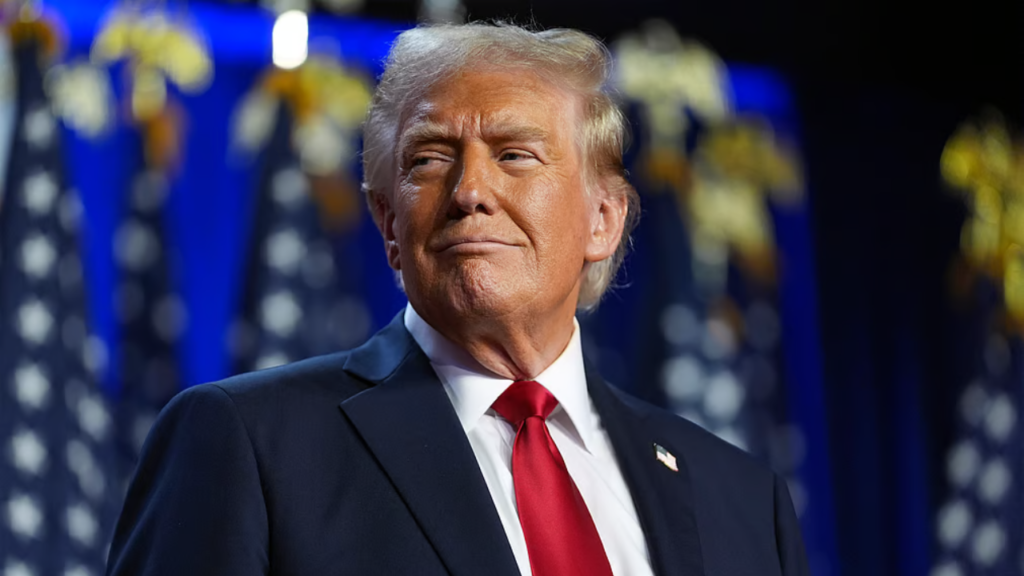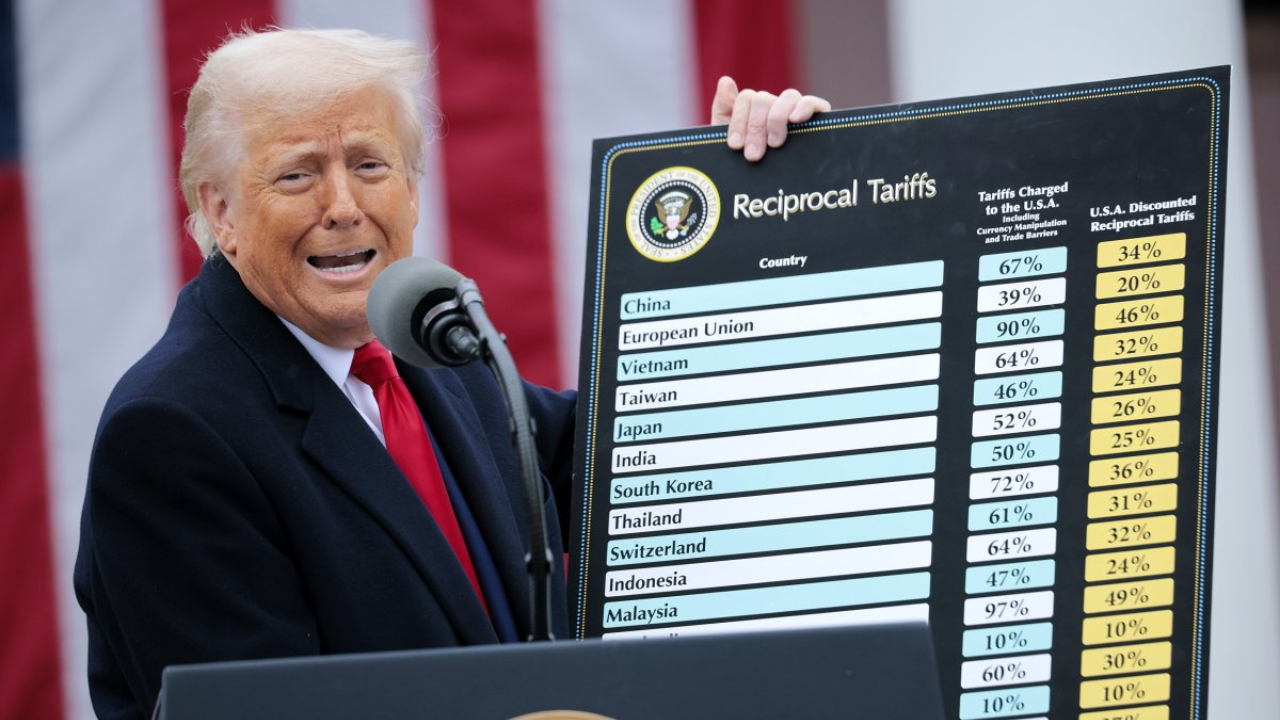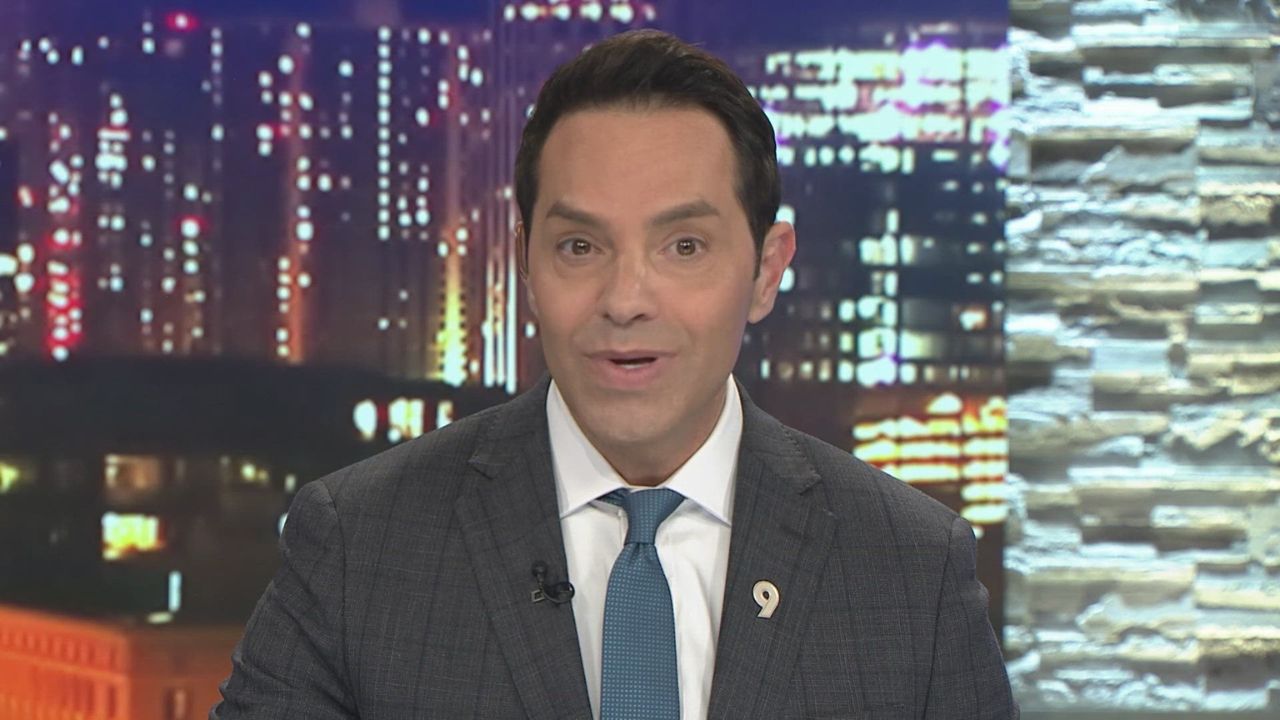Donald Trump’s trade policies, particularly his tariffs on foreign goods, are having a significant impact on the global economy.
One of the most ironic consequences has been that Trump’s tariffs have prompted the European Central Bank (ECB) to cut interest rates, an action that the U.S. President has been urging the Federal Reserve (Fed) to take.
Trump’s Criticism of the Fed
For years, Trump has been vocal in his criticism of the Fed for not acting fast enough to cut interest rates. He has even called for Jerome Powell, the chairman of the Fed, to be removed.
Despite this pressure, Powell and the Fed have opted for a more cautious approach, especially due to the uncertainty surrounding the effects of Trump’s tariffs.
In a recent statement, Powell noted, “Unemployment is likely to go up as the economy slows, in all likelihood, and inflation is likely to go up as tariffs find their way and some part of those tariffs come to be paid by the public.”
This caution is typical in economic policy. Central banks usually lower interest rates to stimulate spending when the economy slows down, and they raise rates to curb inflation. However, the global uncertainty created by Trump’s tariffs is forcing both the ECB and the Fed to navigate uncharted waters.
Europe’s Response to Trump’s Tariffs
In Europe, the ECB has taken a different route. Last week, it announced its seventh interest rate cut since last year, bringing the rate down to 2.25 percent.
ECB president Christine Lagarde cited the U.S. tariffs on EU goods as a major reason for the reduction, saying that the escalating trade tensions between the U.S. and Europe would likely harm the region’s growth prospects.
“The major escalation in global trade tensions and the associated uncertainty will likely lower euro area growth by dampening exports,” Lagarde explained.
The ECB’s move follows a series of decisions aimed at supporting economic growth in the euro area. Last year, the ECB raised its rates to combat inflation, but as trade tensions grew, the outlook for the eurozone deteriorated.
Lagarde pointed out that, “While the euro area has been building up some resilience against global shocks, its outlook for growth has deteriorated.”
U.S. Tariffs: The Root Cause of Uncertainty

Trump’s tariffs, which began with a 10 percent tax on European goods in April, are now a key factor in the growing economic uncertainty. Initially, tariffs were set to rise to 25 percent, but Trump delayed the increase for 90 days earlier this month.
The impact of these tariffs has been widespread, affecting the flow of goods and creating unpredictable market responses.
According to the ECB, this uncertainty is leading to reduced consumer and business confidence, which could further tighten financing conditions.
In other words, higher uncertainty leads to more cautious spending and investment, which can slow economic growth.
While the ECB has been proactive in adjusting its interest rates, the Fed has been more reluctant to follow suit.
The Fed has already cut rates three times in the past year, but it has yet to make another cut in 2025, despite pressure from Trump. Powell’s statements at the Economic Club of Chicago suggest that the Fed is waiting for clearer signs of how tariffs will impact the U.S. economy before making any further moves.
What Happens Next?
The Fed’s next meeting to discuss interest rates is scheduled for May 6 and 7. Many economists and market watchers are waiting to see whether the Fed will take more aggressive action or if it will continue to adopt a cautious stance.
Meanwhile, Trump remains critical of Powell, blaming him for the slow pace of interest rate cuts. On his social media platform, Truth Social, Trump raged that Powell’s “termination cannot come fast enough,” calling the Fed’s actions “too late and wrong.”
Conclusion
The global economy is facing a complex challenge. Trump’s tariffs have created a ripple effect, forcing central banks to respond in different ways.
While the ECB has opted to cut rates to support the eurozone, the Fed remains cautious, weighing the risks of further rate cuts amid the uncertain impact of tariffs.
As the trade war continues to escalate, the world will be watching closely to see how both central banks navigate this economic storm.
Disclaimer- Our team has thoroughly fact-checked this article to ensure its accuracy and maintain its credibility. We are committed to providing honest and reliable content for our readers.






